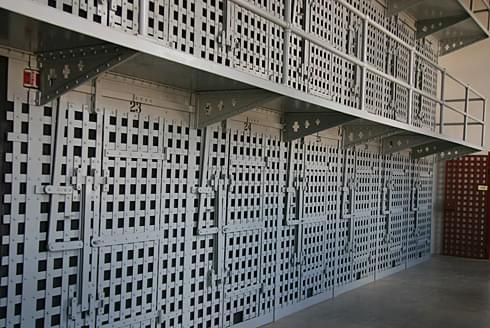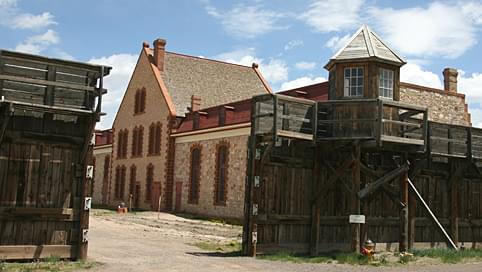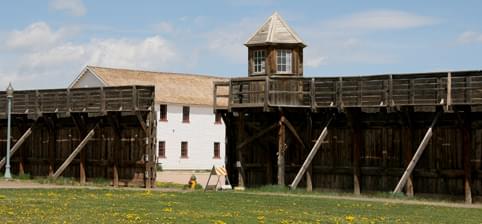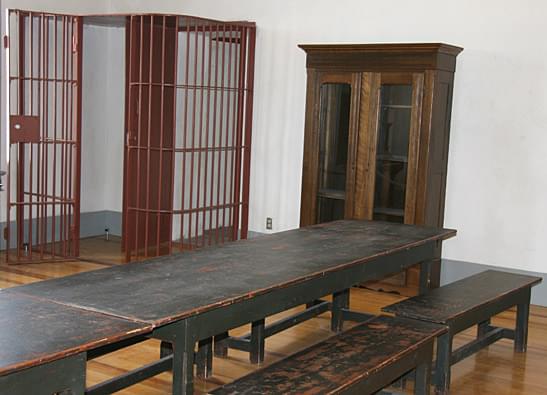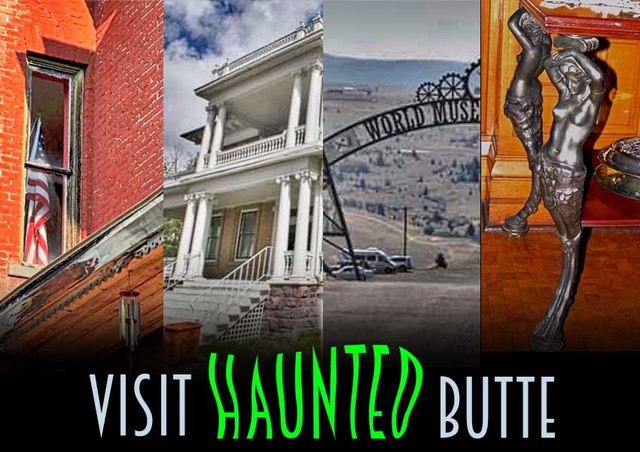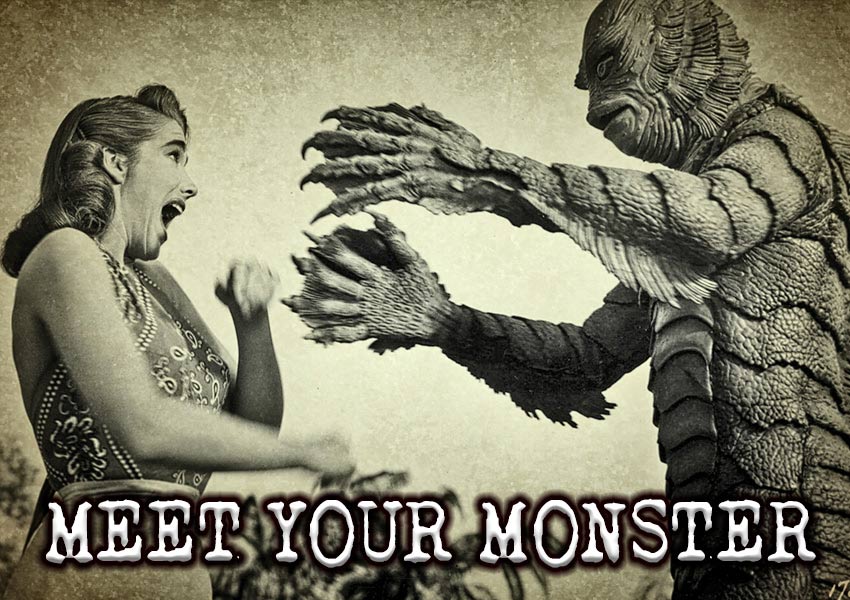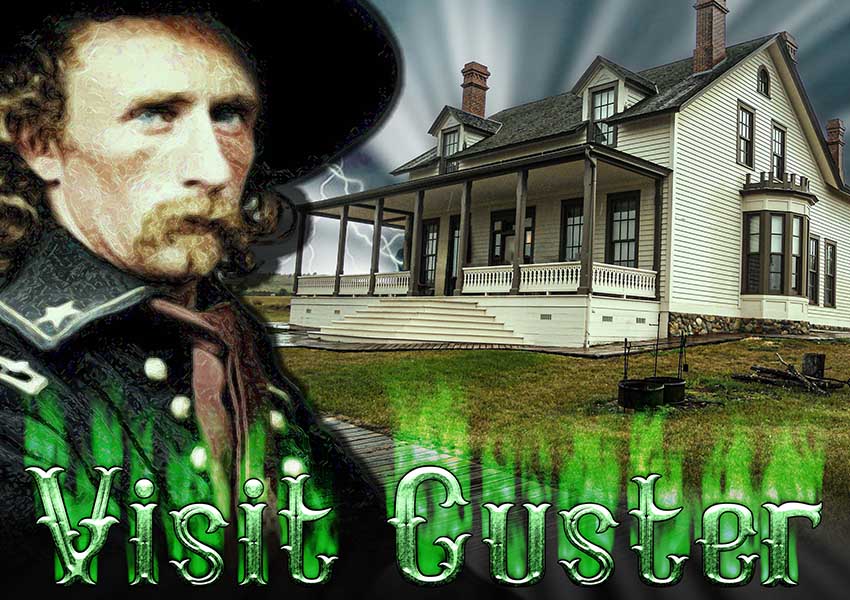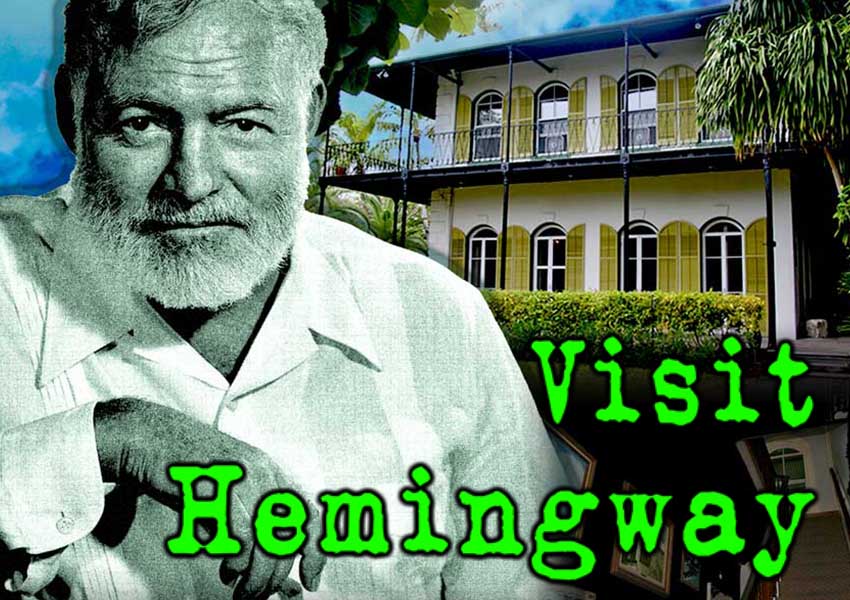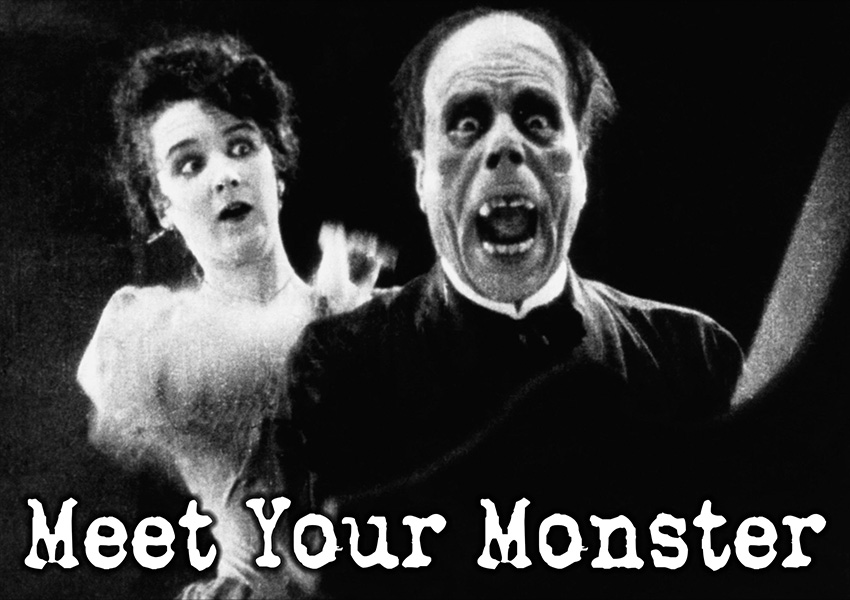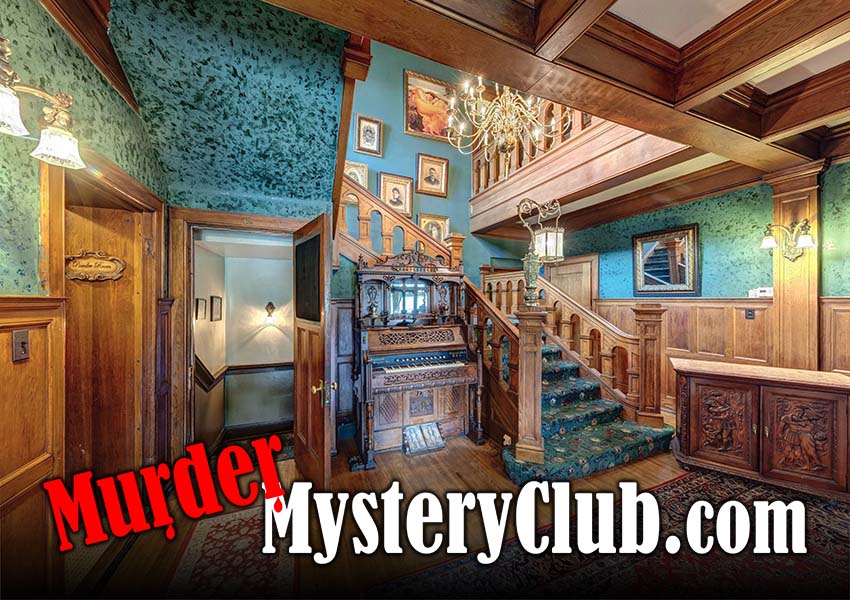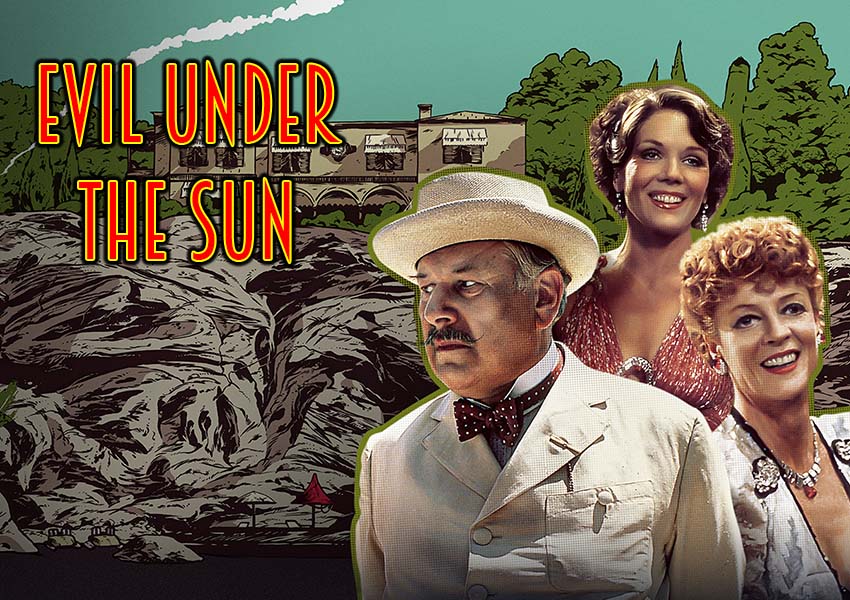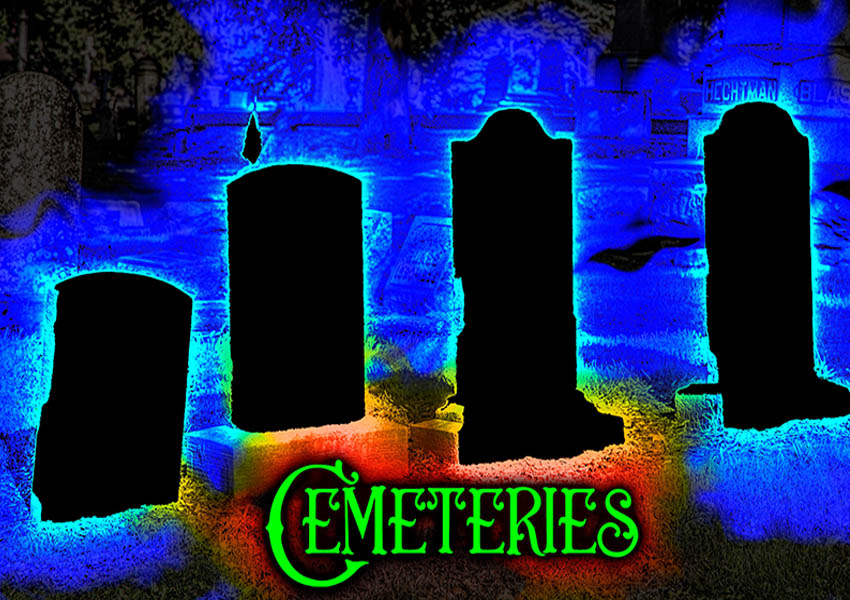Laramie Wyoming
Laramie Prison
The spirit of a jailed entrepreneur still yearns to fulfill his business plan…
He has found a way to be a current team player.
HISTORY
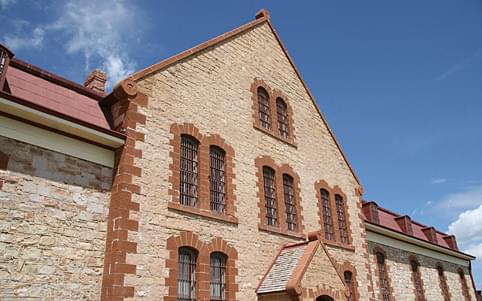 Laramie Prison was built in 1872, after being authorized by the Territorial Legislature and approved for funding by the Federal Government. It was a smaller prison, beginning with just 42 cells in the north wing, 14 cells on each of its three levels. The brick-walled cells were 6′ x 6′ x 8′ with an arched ceiling and an iron gate door. During times of overcrowding, two inmates shared this tiny space.
Laramie Prison was built in 1872, after being authorized by the Territorial Legislature and approved for funding by the Federal Government. It was a smaller prison, beginning with just 42 cells in the north wing, 14 cells on each of its three levels. The brick-walled cells were 6′ x 6′ x 8′ with an arched ceiling and an iron gate door. During times of overcrowding, two inmates shared this tiny space.
In the early days, the temperature of the cells was about 10 degrees warmer than outside. The heating was improved later when water heaters were added.
The inmates were convicted of offenses ranging from stealing to manslaughter. No capitol offenders were sent here, so there were no executions here. The hardened killers were sent to a prison facility in Cheyenne to serve hard time and meet their fate. It is in this Cheyenne prison that the infamous Julian Gallows was first used.
Wyoming Territorial Prison cost the government a $1.00 a day for the upkeep and education of each inmate, which was considered a very high cost. Because it was cheaper to send inmates to Joliet Prison, and to other out of state prisons, this territorial prison remained small.
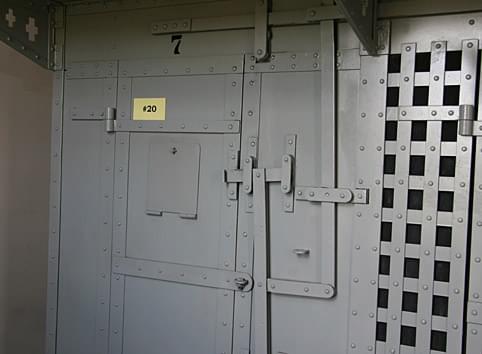 When inspected in 1884 by Federal authorities, there were only 10 inmates, so plans were made to expand the prison, or else they would’ve closed the place. In 1889, the small prison was expanded, doubling its size by adding more cells, a new dining room, chapel/activity room and another wing, called the south wing. The newer cells were smaller, but had plastered walls and were finished with paint. On the second floor of the South Wing, the 12 women inmates were housed; two cells were set up as living quarters, and the third cell was their bathroom. They were locked up 24/7, probably because it was safer for them. The first floor of the South Wing held 42 cells, on three tiers.
When inspected in 1884 by Federal authorities, there were only 10 inmates, so plans were made to expand the prison, or else they would’ve closed the place. In 1889, the small prison was expanded, doubling its size by adding more cells, a new dining room, chapel/activity room and another wing, called the south wing. The newer cells were smaller, but had plastered walls and were finished with paint. On the second floor of the South Wing, the 12 women inmates were housed; two cells were set up as living quarters, and the third cell was their bathroom. They were locked up 24/7, probably because it was safer for them. The first floor of the South Wing held 42 cells, on three tiers.
Though there was now more room for more inmates, they didn’t hire enough guards at first, which led to a high number of escape attempts.
It wasn’t long before this Wyoming Territorial Prison was over-crowded again. Plans were made to make a much bigger prison in Rawlins, where hardened killers and inmates convicted on lesser criminal acts could be kept all under one roof, consolidating prisons for better price control. Uh oh! They weren’t thinking clearly.
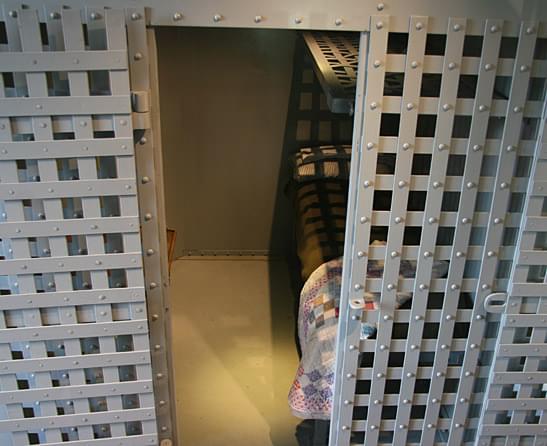 In 1903, When the new prison in Rawlins was opened, Wyoming Territorial Prison in Laramie was converted to the Agricultural Experiment Station. For 60 years, it was a big stock farm which was under the direction of Bert C. Buffin, and under the control of The University of Wyoming in Laramie. For 60 years, this farm educated and gave practical experience to the students, learning both new and established ways to run a farm.
In 1903, When the new prison in Rawlins was opened, Wyoming Territorial Prison in Laramie was converted to the Agricultural Experiment Station. For 60 years, it was a big stock farm which was under the direction of Bert C. Buffin, and under the control of The University of Wyoming in Laramie. For 60 years, this farm educated and gave practical experience to the students, learning both new and established ways to run a farm.
In 1989, the land of the farm and the prison itself was bought and restored, becoming a state park and museum, after a lot of work and fund-raising.
Tom and I visited and took the tour. This do-it-yourself tour is a fascinating experience. One sees furnished cells, dining area, guard’ s quarters, infirmary, women’s quarters, laundry room, & warden’ s office, plus many interesting exhibits, including one on Butch Cassidy, and stories of the other various inmates, male and female. Besides exhibits in the prison buildings, there are also exhibits in some of the farm buildings and barn. There is also a frontier town on the property which will be selling items from the 1800s in the near future.
DESCRIPTION OF PRISON LIFE
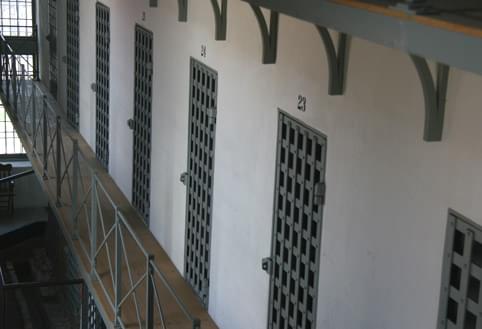 Discipline was strict. High goals of behavior were expected of the inmates, which in turn boosted their self-esteem, and hopefully evolved their thinking; that they could go straight with the skills they had learned. Prisoners were to wash once or twice a week, do their own laundry, make their own clothing, cook, keep the place clean, and learn a useful skill to rely on when they were released. Butch Cassidy, as a young man, spent a couple of years here for stealing with a gang. The rehabilitation offered didn’t work in his case, as he returned to his life of crime.
Discipline was strict. High goals of behavior were expected of the inmates, which in turn boosted their self-esteem, and hopefully evolved their thinking; that they could go straight with the skills they had learned. Prisoners were to wash once or twice a week, do their own laundry, make their own clothing, cook, keep the place clean, and learn a useful skill to rely on when they were released. Butch Cassidy, as a young man, spent a couple of years here for stealing with a gang. The rehabilitation offered didn’t work in his case, as he returned to his life of crime.
Because of the smaller population, the more stable character of its inmates and the more enlightened though strict policies of this prison, the violence was minimal, and difficult inmates were few and far between. There were only two isolation cells for the unruly. No inmate was killed because of rough treatment from the guards, other inmates, or poor care.
Even during the period when there were many escape attempts because of a lack of guard personnel in the early 1890s, only one inmate was killed. In this one exception, it was an escape attempt led by one ring leader and 6 others, in 1893. Only the ring leader of this escape attempt was shot dead by a guard.
Doctors were on contract to take care of the sick inmates. Terminally ill patients, even if they were “lifers,” were always pardoned and sent home to be with their families and die there. The state didn’t want to pay for the burial costs.
There was only one other man who died in prison, suddenly from a heart attack. Despite the best efforts of the doctors, Julius Greenwelch died of a sudden heart problem.
HISTORY OF MANIFESTATIONS
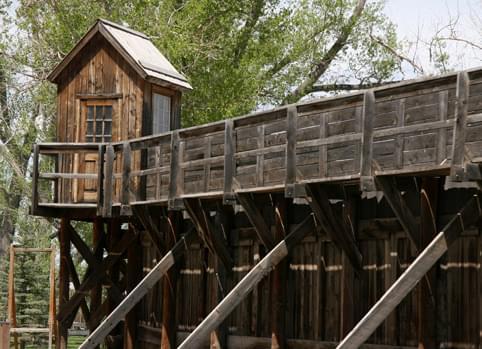 Julius Greenwelch died suddenly without seeing his dream of a successful cigar business come true.
Julius Greenwelch died suddenly without seeing his dream of a successful cigar business come true.
In the 1890s, Julius Greenwelch was a energetic cigar maker from Provo, Utah, who traveled around Wyoming selling his fine cigars, as the Mormons in Utah frowned on smoking. People in Evanston, Laramie, Cheyenne and Sheridan loved his high quality cigars, providing a healthy market for his tobacco-laced wares. Even before he was married to his beloved wife, Jennie, he was a good customer of his favorite bordello in Evanston, Wyoming, which he always visited on his way back to Provo. Some say that he met his Jennie there. This practice of visiting this pleasure palace continued, despite his marital vows.
On one fateful occasion, in 1897, his sales trip in Wyoming ended early, and he headed to his favorite sexual service center in Evanston. Upon arriving, he was shocked to see his wife, Jennie, who had started working in the bordello to perhaps earn some spending money, and probably to stick it to her husband for his infidelity.
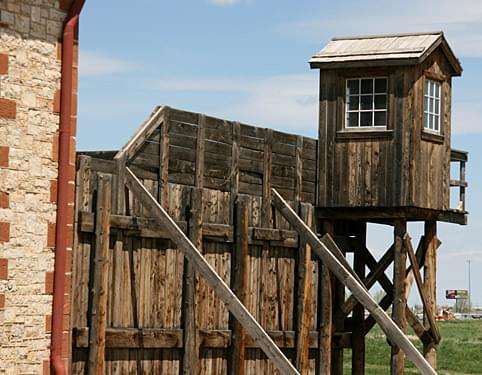 Julius over-reacted and shot Jennie dead on the spot. This fit of temper earned him a second degree murder conviction and a life-time stay at The Wyoming Territorial Prison for killing his wife. He was put in the north wing, in a third tier cell. He began his sentence on September 29th, 1997.
Julius over-reacted and shot Jennie dead on the spot. This fit of temper earned him a second degree murder conviction and a life-time stay at The Wyoming Territorial Prison for killing his wife. He was put in the north wing, in a third tier cell. He began his sentence on September 29th, 1997.
However, being incarcerated didn’t squelch his entrepreneurial spirit. He was able to talk the prison officials into letting him set up a cigar making operation in the prison, to bring in some money for the prison funds. However, after only being in stir a couple of years, he died of a heart attack, before his venture was a booming success, fulfilling his market plan.
In 1989, major renovation and restoration work was done on the prison. Some of the cells were removed to make room for doorways and historical exhibits. His cell was removed to make room for a door way.
It is thought that the noisy process of renovation and restoration of the prison and the removal of his cell “awakened” the spirit of Julius Greenwelch, who still wants to make cigars for profit in prison.
MANIFESTATIONS
The benign entity of Julius Greenwelch makes himself known to the living
The smell of cigar smoke sometimes whiffs throughout the north wing.
Workmen around the buildings, who are making a lot of noise hammering, sawing and drilling while doing their restoration and fix it projects, sometimes find that their hammers, drills, and saws are missing, often finding them in odd places.
On occasion, he gets some chuckles at the expense of the living:
He appears in the doorway where his cell was in front of small groups of tourists or staff.
He also appears in front of people who are trying to sleep. No napping on the job allowed – You should be making cigars!
STILL HAUNTED?
Yes indeed!
Julius Greenwelch died before he had accomplished his new goal of having a successful cigar factory. He gets his chuckles by letting tourists, staff and workmen know that he is still there, serving his time even in his after-life, perhaps still planning his cigar venture behind bars.

LOCATION
975 Snowy Range Road
Laramie, Wyoming 82070
Wyoming Territorial Prison is located in Laramie, just off I-80, exit 311, Snowy Range Road.
SOURCES INCLUDE
- Literature provided on the self-tour of the prison.
Story posted about Julius Greenwelch in the museum itself. - Ghostly Tales from America’s Jails
edited by Joan Upton Hall
story by Zoey Quinn, 2007 - wyomingtalesandtrails.com
- wyomingtourism.org
- strangeusa.com
- theshadowlands.net
Our Haunted Paranormal Stories are Written by Julie Carr
Our Photos are copyrighted by Tom Carr
Visit the memorable… Milwaukee Haunted Hotel
Your Paranormal Road Trip
